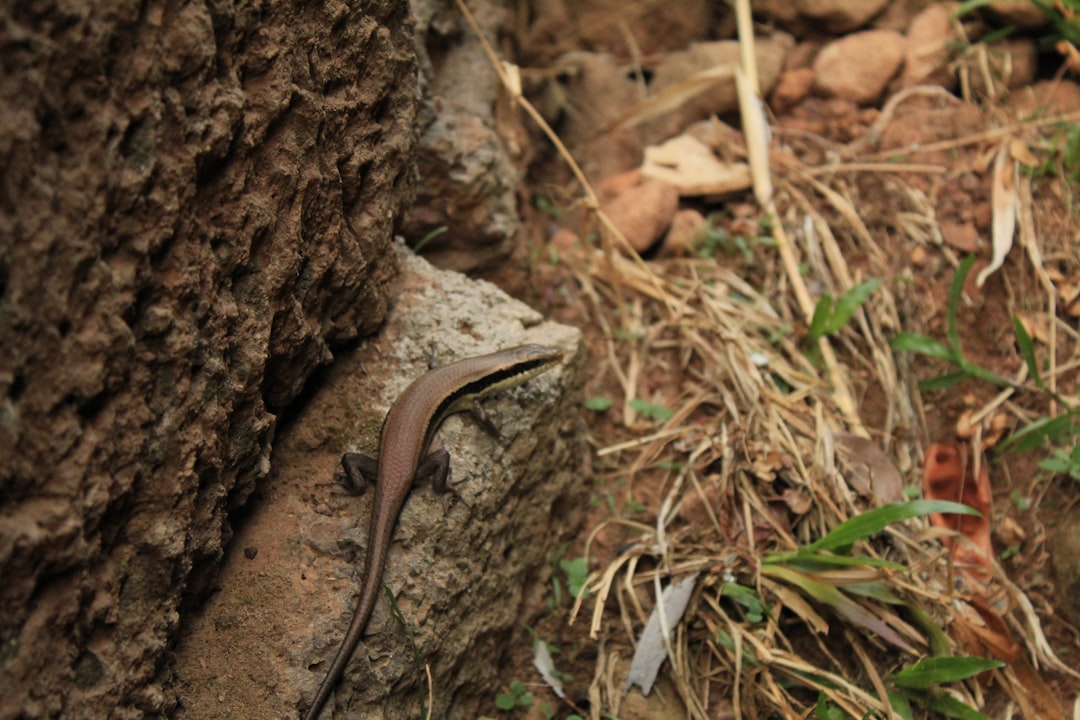What is it about?
The tannery industries are the reason of major environmental concerns as they release toxic heavy metals, like chromium, in rivers posing risks of genotoxicity and mutagenicity in aquatic organism and indirectly in humans through food chain. In the present analysis, the freshwater inhabitant fishes of River Ganges, viz., Labeo calbasu, Puntius sophore, and Mystus vittatus, were examined for assessing the genotoxic, mutagenic, and bioaccumulative potentials of tannery effluents. For genotoxicity assessment, the blood and gill samples of fishes prevailed from polluted sites of River Ganges adjoining Kanpur city were utilized for comet assay and micronucleus test. The present investigation revealed the presence of significantly (p < 0.05) higher micronuclei induction and % tail DNA in erythrocytes and gill cells of the fishes collected from the polluted sites. The bioaccumulation studies revealed chromium concentration in muscle (0.89 µg/g) and gill tissues (0.24 µg/g) of L. calbasu; muscle (0.44 µg/g) and gills (1.23 µg/g) of P. sophore; and muscle (0.9617 µg/g) and gills (0.3628 µg/g) of M. vittatus, quite higher than the permissible limits of the World Health Organization. Consequently, the present study indicates strongly that River Ganges is contaminated with harmful tannery pollutants causing genotoxicity and mutagenicity in freshwater fishes.
Featured Image
Read the Original
This page is a summary of: Mutagenic, genotoxic and bioaccumulative potentials of tannery effluents in freshwater fishes of River Ganga, Human and Ecological Risk Assessment An International Journal, August 2016, Taylor & Francis,
DOI: 10.1080/10807039.2016.1229116.
You can read the full text:
Contributors
The following have contributed to this page










